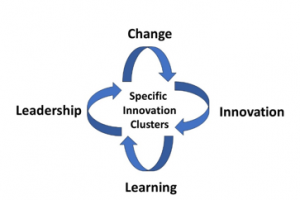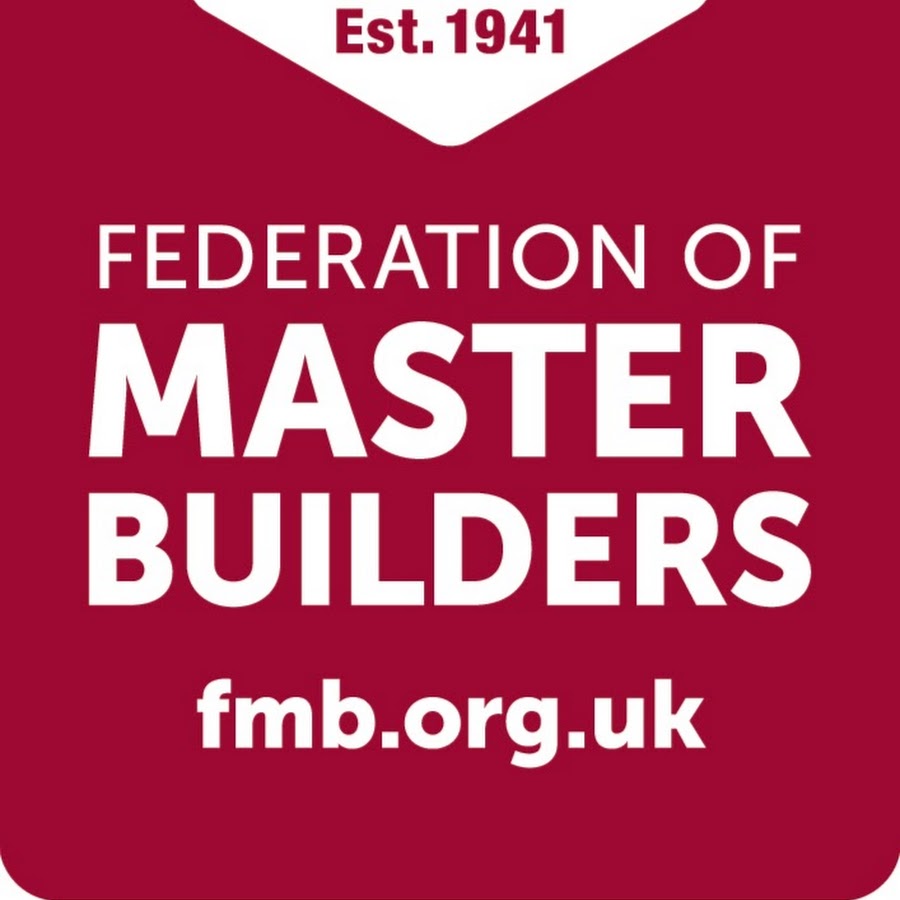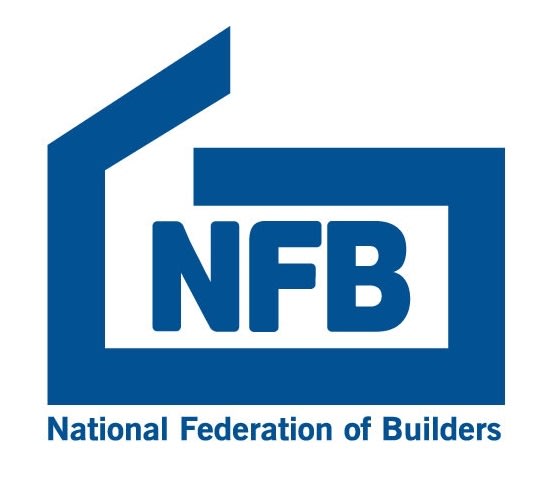Innovation: What can we carry forward from our response to the last paradigm shift?


This month, Martyn Jones reflects on what can we carry forward from the way we went about innovating in the 1990s. Back then we were asked to “Rethink Construction” in response to the emerging techno-economic paradigm, with its wider availability of computer hardware and software, digital communications, optical fibres, data banks, information services and “chips” (microelectronics).
And it was not just about the technology but the new paradigm required a response to changes in the way firms should be organised and the adoption of new forms of inter-organisational behaviour, business models, cooperation and competition.
For obvious reasons, including very low margins, particularly at Tier 1, construction organisations aren’t big spenders on formal Research and Development (R&D) in comparison with firms in other industries.
Contrary to popular opinion, however, in construction projects we are constantly needing to innovate. For example, in overcoming the challenges and exploiting the often-unique opportunities presented by individual sites and clients. Also building taller, longer, quicker, better, greener etc.
But from time to time – as in the 1990s and now – we see new and more powerful drivers for change emerging that stimulate more intense periods of more radical innovation.
How did we approach the radical innovations called for in the Latham and Egan reports back in the 1990s? Well, the image used for this Thought for the Month will be familiar to those of us involved in the Bristol Rethinking Construction Club’s Specific Innovation Clusters (SICs), where it became something of a mantra.
The SICs were based on the premise that change requires innovation and innovation demands a synergistic combination of learning and leadership.
At that time the innovations we explored, evaluated and customised for construction included building closer, more collaborative inter-organisational relationships; integrating the processes of design and construction; building greater internal and external focus on the needs of customers; sharing learning; and advancing our transformational, situational and distributed styles of leadership.
The SICs were the forerunners of CESW’s Here to Learn Workshops and Thought Leadership Theme Groups.
At that time, we were greatly influenced in our approach by Rothwell’s work on innovation. [Rothwell a British sociologist widely regarded as one of the pioneers in industrial innovation and his significant contributions to the understanding of innovation management.]
He helped identify the key features of the 5th generation innovation process with its emphasis on the System Integration and Networking (SIN) model. The SIN model extended the parallel development of the 4th generation of innovation with the integration of Information and Communication Technologies (ITC) to form a new innovation process.
At that time, the members of the SICs identified the key determinants of successful innovation in construction within the 5th generation innovation model:
· The identification of a clear need for change
· The provision of external support and encouragement to change
· The adoption of a more strategic approach in the management and leadership of innovation
· A systematic approach to developing, implementing, monitoring and sustaining innovation within and between organisations
· Building the commitment of leaders in organisations and projects to innovation and the acceptance of the risks involved
· Developing the responsiveness and readiness of organisations to internal changes and changes in the construction market and wider environment
· Increasingly making use of ICTs to achieve of good linkages within and between organisations, leading to more open, trusting collaborative and creative relationships
· Seeing innovation as a corporate-wide and project-wide opportunity rather than a threat
· The strategic positioning of key individuals and champions of change within organisations and at pivotal points in the design and construction process
· Having an effective and ongoing learning process for individuals and the sharing of learning
What aspects of this can we carry forward from this to help us respond to the new challenges and opportunities we face? Clearly, much of this approach will still be relevant but we also need to be mindful that we are entering a new Digital paradigm that includes greener technologies, AI, robots and drones, and the need for greater social value. We will need to yet again rethink our responses but without abandoning the progress we have already made. New technologies, organisational structures and forms of collaboration, particularly in our response to the challenges of climate change, are emerging but we mustn’t overlook the progress we made in our response to the previous techno-economic paradigm.
















